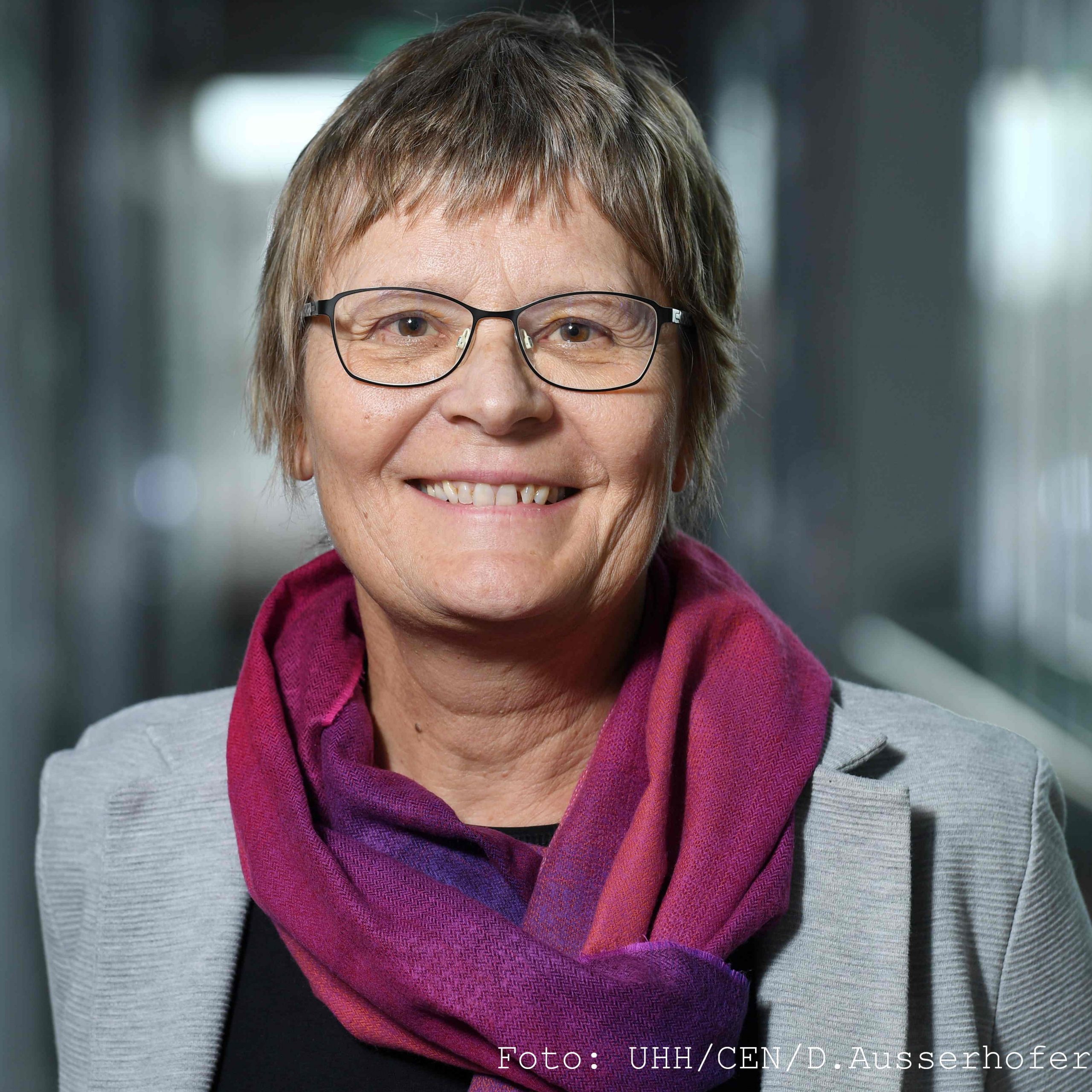This 3-part Masterclass includes a rapid review of what’s known about urban heat islands, and provide insights into considerations for choosing interventions to manage them.
Participants learned about the Urban Heat Island effect
Tool tip
The UHI effect is caused by cities replacing the heat buffering ecosystem services afforded by soil and vegetative evapotranspiration with heat-absorbing materials, wind-blocking & radiation trapping structures, and waste-heat from air conditioning, automobiles, and other sources. In some cases, this effect can drive temperature differentials of 10 degrees Celsius – from the urban core to the exurban periphery, but also within urban areas from neighbourhood to neighbourhood.
– what causes it, how we map and model it, and what we can do about it.
This masterclass series is complementary to the NASA ARSET Training: Satellite Remote Sensing for Urban Heat Islands, which ran in November 2020, and for which course materials are available online.
Target Audiences: Interested experts may include urban planners, designers, architects, sustainability/resilience officers, city government officials, urban climate scientists and other researchers.
Part 1: Understanding Urban Heat: Urban Climate Science Background
Part 2: Building Capacity and Awareness: Community Engagement & Empowerment
Part 3: Managing Urban Heat: Interventions and Evaluation
Part 1: Understanding Urban Climate and the Heat Island Effect
Session recordings
Learning objectives: To understand...
- the essential elements of urban climatology for understanding the UHI effect
- the different types of urban heat islands and their spatio-temporal characteristics
- the most common observation and modeling approaches
- the basics elements and nature of outdoor thermal comfort
- the various metrics used to quantify outdoor thermal comfort
- how climate-sensitive design can improve outdoor thermal comfort
Download Presentations
- Essential elements of urban climatology for understanding the urban heat island
- Different types of urban heat islands and their spatio-temporal characteristics
- Most common modeling approaches for urban heat islands
- Framework for understanding and addressing urban heat
Further Resources
- The Urban Canopy Layer Heat Island, IAUC Teaching Resources
- Luke Howard, Tim Oke and the study of urban climates. Gerald Mills, University College Dublin (see also extended abstract and recorded presentation)
- LIFE ASTI: forecAsting System for urban heaT Island effect
- Guidance on Integrated Urban Hydrometeorological, Climate and Environmental Services Volume I: Concept and Methodology
- Reducing Urban Heat Islands: Compendium of Strategies Urban Heat Island Basics
Part 2: Managing Heat Islands: Community Engagement & Environmental Justice
Session recordings
Learning objectives
- Understand the multiple, complex impacts of urban heat islands on communities as well as the distribution of those impacts (EJ, air quality, etc.)
- Discuss why outreach and engagement are important for issues such as this?
- Learn how vulnerable communities can be meaningfully engaged, common challenges, and how they can be overcome.
- Walk through two case studies of building community engagement through community science.
Download presentations
Further Resources
- USDN Game of Heat
- NYC Street Lab – Programs for Public Space
- The Effects of Historical Housing Policies on Resident Exposure to Intra-Urban Heat: A Study of 108 US Urban Areas. Hoffman, J. S., Shandas, V., & Pendleton, N. (2020).
- Integrating Satellite and Ground Measurements for Predicting Locations of Extreme Urban Heat. Shandas, V., Voelkel, J., Williams, J., & Hoffman, J. (2019).
Part 3: Taking Action: Where to intervene, what's most effective, and how we know
Session recordings
Learning Objectives
- Understand how health outcomes serve as a indicator of heat vulnerability
- Understand how land cover choices can measurably impact heat outcomes including temperature, humidity, air mass types, and heat-related illness and death
- Understand how interdisciplinary, cross-sectoral partnerships can bridge research to practice
- Understand how to identify specific desired outcomes, quantitative targets, and an evaluation approach for implementing UHI reduction strategies. (mitigating the hazard vs direct and indirect health impacts)
- Review examples of interventions available to manage heat risk
- Explore effectiveness of interventions for specific settings, and discuss how one might assess their return on the investment.
Download Presentations
Further Resources
- Primer for Cool Cities : Reducing Excessive Urban Heat with a Focus on Passive Measures. The World Bank
- Rx for Hot Cities Report
- A Vision for a Greener, Healthier, Cooler Gowanus: Strategies to Mitigate Urban Heat Island Effect. Brooklyn Gowanus, Urban Land Institute – Technical Assistance Panels
- Reducing urban heat islands to protect health in Canada
- Adapting to Urban Heat: A Tool Kit for Local Governments. Georgetown Climate Center
Tutors
Expert Tutors

Edith de Guzman
Los Angeles Urban Cooling Collaborative and UCLA Institute of the Environment & Sustainability

Jeremy Hoffman
Virginia Commonwealth University

Mark Siebentritt
Edge Environment

Malcolm Eadie
Monash University

Vivek Shandas
CAPA Strategies

Heinke Schlünzen
Universität Hamburg

Jennifer Vanos, PhD
Arizona State University

Ariane Middel
Arizona State University

Matthias Roth
National University of Singapore

David Sittenfeld
Museum of Science, Boston

